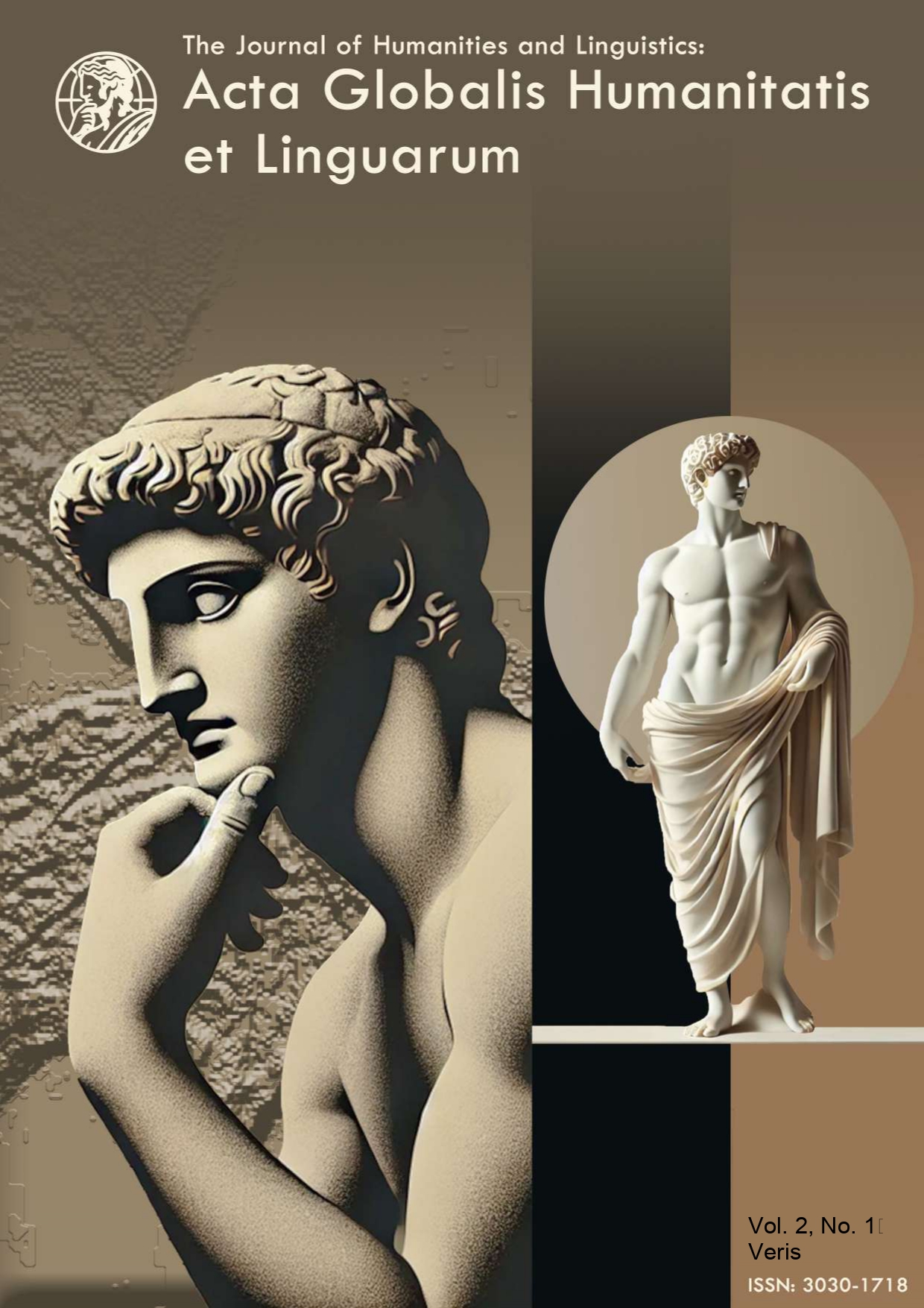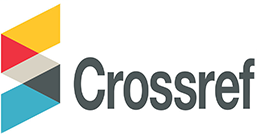Literature as a Cultural Mirror: The Role of Literary Works in Shaping and Reflecting English Cultural Identity
DOI:
https://doi.org/10.69760/aghel.02500136Keywords:
Literary Reflection, Cultural Identity, Narrative Theory, English LiteratureAbstract
This article analyzes the dual function of literature as a reflection and a shaper of English cultural identity. This study examines seminal literary works from diverse historical periods—encompassing classical texts, Renaissance masterpieces, and modern digital narratives—to investigate the utilization of literary devices such as symbolism, allegory, and narrative structure in representing and shaping societal values and cultural narratives. The research highlights the dynamic interaction between literary expression and cultural evolution, utilizing theoretical frameworks from cultural studies and narrative theory.
This study employs a mixed-methods approach, integrating corpus-based analysis with qualitative textual and historical investigations, to identify the principal mechanisms via which literature encapsulates and builds cultural identity. The findings indicate that literary works both record changes in cultural beliefs and actively influence collective memory and identity. The study emphasizes literature's transformative ability to preserve traditional values while promoting innovative cultural narratives amid globalization and digital communication.
References
Alisoy, H. (2023). Enhancing Understanding of English Phrasal Verbs in First-Year ELT Students Through Cognitive-Linguistic Methods.
Ashrafova, I. (2024). Culturally Responsive Teaching: Strategies for Promoting Inclusivity in the Classroom. Global Spectrum of Research and Humanities, 1(1), 100-110.
Babazade, Y. (2024). Proverbs in Pedagogy: Their Role in Language Teaching and Cultural Transmission. Global Spectrum of Research and Humanities, 1(1), 69-82.
Darma Putra, I. N. (2011). A literary mirror; Balinese reflections on modernity and identity in the twentieth century (p. 378). Brill.
Durand, E. S., & García, M. J. (2018). Unsettling representations of identities: A critical review of diverse youth literature. Research on Diversity in Youth Literature, 1(1).
Dyches, J. (2018). Shattering literary windows and mirrors: Creating prismatic canonical experiences for (and with) British literature students. In Teaching the Canon in 21st Century Classrooms (pp. 35-49). Brill.
Fayyaz, H., & Jabbar, F. (2024). DECIPHERING THE UNSPOKEN: A FEMINIST PERSPECTIVE ON THE POLITICS OF BEAUTY AND GENDER IN THE MIRROR OF BEAUTY BY SHAMS UR REHMAN FARUQI. Rooh-e-Tahqeeq, 2(4).
Felski, R. (1989). Beyond feminist aesthetics: Feminist literature and social change. Harvard University Press.
Fish, L. (2015). Woman in the mirror: Reflections. Synthesis: an Anglophone Journal of Comparative Literary Studies, (7), 92-105.
Garrity, J. (1999). Selling Culture to the" Civilized": Bloomsbury, British Vogue, and the Marketing of National Identity. Modernism/modernity, 6(2), 29-58.
Giles, P. (2001). Transatlantic insurrections: British culture and the formation of American literature, 1730-1860. University of Pennsylvania Press.
Gomez-Najarro, J. (2020). Children’s intersecting identities matter: Beyond rabbits and princesses in the common core book exemplars. Children's Literature in Education, 51(3), 392-410.
Hasanzade, T. (2024). Bilingual Education Models: Comparative Analysis of Efficacy and Outcomes. Global Spectrum of Research and Humanities, 1(1), 83-99.
Hassan, W. S. (2014). Immigrant narratives: Orientalism and cultural translation in Arab American and Arab British literature. Oxford University Press.
Hogan, P. C. (2000). Colonialism and cultural identity: Crises of tradition in the Anglophone literatures of India, Africa, and the Caribbean. State University of New York Press.
King, R. (1984). A shattered mirror: the literature of the Cultural Revolution (Doctoral dissertation, University of British Columbia).
Liu, Y. (1999). Self, other, in-between: Cross-cultural composition readers and the reconstruction of cultural identities. Re) Visioning Composition Textbooks: Conflicts of Culture, Ideology, and Pedagogy, 69-91.
Mammadova, I. (2024). Understanding the Function of Past Participles in Complex Sentences. Journal of Azerbaijan Language and Education Studies, 1(1), 1-21. https://doi.org/10.69760/jales.2024.00100
Munir, R., Munawar, F., & Hameeza Hussain, A. (2025). LITERATURE AS A MIRROR OF SOCIAL ISSUES: A COMPARATIVE STUDY OF AUSTEN’S AND KAPUR’S FICTION. Al-Aasar, 2(1), 33-49.
Sadiqzade, Z. (2025). Idiomatic Expressions and Their Impact on Lexical Competence. Journal of Azerbaijan Language and Education Studies, 2(1), 26-33. https://doi.org/10.69760/jales.2025001002
Sciurba, K. (2017). Journeys toward textual relevance: Male readers of color and the significance of Malcolm X and Harry Potter. Journal of Literacy Research, 49(3), 371-392.
Sherefetdinova, E. (2024). CLASS AND SOCIAL HIERARCHY IN BRITISH LITERATURE: A REFLECTION OF SOCIETY. Talqin va tadqiqotlar ilmiy-uslubiy jurnali, 2(56), 85-88.
Zubrytska, M. (2014). Mirrors, Windows, and Maps: The Topology of Cultural Identification in Contemporary Ukrainian Literature. In Contemporary Ukraine on the Cultural Map of Europe (pp. 157-161). Routledge.
Downloads
Published
Issue
Section
License
Copyright (c) 2025 Acta Globalis Humanitatis et Linguarum

This work is licensed under a Creative Commons Attribution-NonCommercial 4.0 International License.







